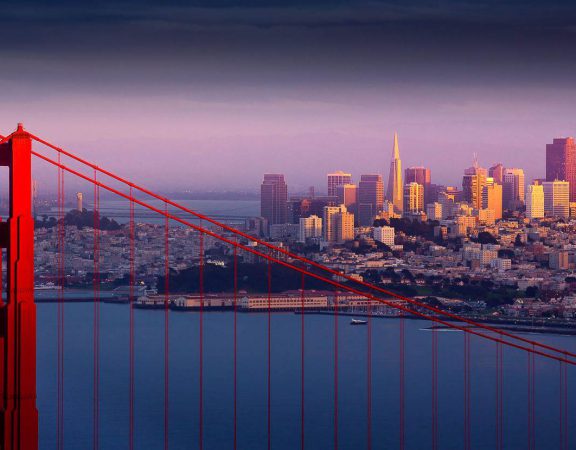

San Francisco: The city of the future
In less than 35 years, the World Health Organization estimates that two-thirds of the world population will be living in urban areas. The cities that will flourish the most are those with a high-technology living.
San Francisco is the undeniable epicentre of all things tech, from its gigantic startup culture to its venture capital scene to its population of designers and programmers.

Home to the world famous Silicon Valley and literally hundreds of global tech companies, including Apple and Google. San Francisco is also home to the NASA’s Ames Research Institute and is a place of pilgrimage for many a tech fan – many of whom travel to Palo Alto to simply stand outside the building where Messrs.
From Inlea we want to show you one reason more why San Francisco is the city of technology.
Electric cars & transportation
The Tango is an ultra-narrow electric sports car intended to increase freeway lane capacity. The car is thinner than some motorcycles and may be small enough to legally ride side-by-side with other small vehicles in traffic lanes in some jurisdictions. Capable of seating two passengers in a tandem seating arrangement, it only takes up one-quarter of a standard parking space and is able to park sideways in many cases.
These types of cars are easily found in San Francisco. But is not only the use of electric cars that make this city a high-tech revolutionary city.
San Francisco officials outlined an ambitious plan that aims to eventually create “the world’s first shared, electric, connected and automated transportation system”, in which people share autonomous electric cars and ride self-driving shuttles to transit and in which businesses haul freight using automated vehicles.
The city’s plan includes short-term visions as well, focusing on 10% changes in each of the following areas: boosts in transit use, bicycling, walking and shared rides; a decline in the number of fatal collisions; a reduction in transportation-produced emissions; and a reduction in the amount of money lower-income families spend on transportation.

